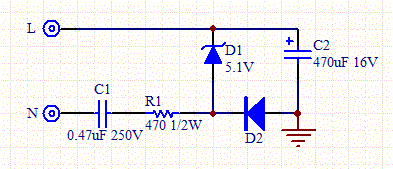romel_emperado
Advanced Member level 2

- Joined
- Jul 23, 2009
- Messages
- 606
- Helped
- 45
- Reputation
- 132
- Reaction score
- 65
- Trophy points
- 1,318
- Location
- philippines
- Activity points
- 6,061
hello.
since I started learning pwm I want to use it in actual application.. Im thinking about controlling AC load such as 230vac light..
MOSFET for DC and cannot use in AC application right? Can you give me some hint how do I drive the triac via pwm? I cant actually get some of the explanation I am reading now...
---------- Post added at 01:48 ---------- Previous post was at 01:40 ----------
okay I foud this good document from microchip.. its worth reading./.
**broken link removed**
and it has also a pdf.
since I started learning pwm I want to use it in actual application.. Im thinking about controlling AC load such as 230vac light..
MOSFET for DC and cannot use in AC application right? Can you give me some hint how do I drive the triac via pwm? I cant actually get some of the explanation I am reading now...
---------- Post added at 01:48 ---------- Previous post was at 01:40 ----------
okay I foud this good document from microchip.. its worth reading./.
**broken link removed**
and it has also a pdf.








